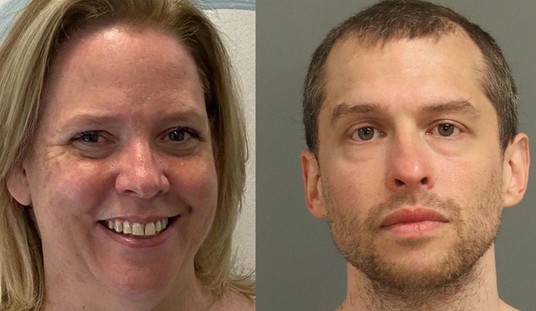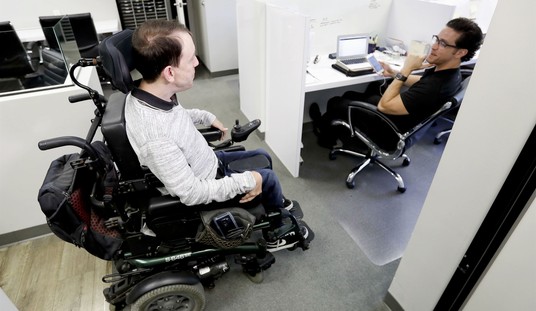In the shadows of bustling transportation hubs, where travelers pass through in droves, a sinister trade thrives: human trafficking. Despite efforts to shed light on this global epidemic, the U.S. State Department estimates that there are 28 million victims.
However, amidst the darkness, a beacon of hope emerged in 2009 in the form of Transportation Against Trafficking (TAT), a non-profit organization dedicated to empowering the transportation industry to recognize and report instances of human trafficking. With innovative approaches and widespread outreach, TAT is transforming the fight against human trafficking, one vigilant transportation worker at a time.
Previously, TAT focused on the unique positioning of truck drivers to remain vigilant for signs of human trafficking. Recently, TAT formally expanded its advocacy to the entire transportation industry. This includes, but is not limited to, parts and equipment dealerships; as well as energy, shipping and logistics, public transit, motorcoach, and school transportation providers.
Human trafficking isn't confined to clandestine operations under the cover of night. It lurks in plain sight, infiltrating everyday spaces like truck stops, rest areas, and airports. Within these bustling environments lies the potential for rescue.
Human behavioral pattern recognition is developed throughout our lives. Humans are amazing observers of life without realizing it. Our pattern recognition is so highly developed that behavior that fits a pattern almost becomes invisible.
However, when even the smallest detail catches our attention and breaks a common behavioral pattern, we will consciously notice that something is out of place or doesn’t feel quite right. It’s that instinctive alarm that cues us to look closer, and this is when lives can be saved.
TAT uses these cues to train transportation workers to spot potential trafficking victims, as criminals often move victims from place to place through transit points, particularly – but not always -- remote locations.
“The adage ‘see something, say something’ works,” Laura Cyrus, senior director of industry training and outreach at TAT, said.
“Since 2009, TAT has trained over 1.7 million industry professionals on human trafficking and drivers have now made thousands of calls to the hotline and law enforcement, resulting in the recovery of victims and the arrest of perpetrators. Given the nature of this crime and that it is often hiding in plain sight, professional transportation workers are uniquely positioned to be the eyes and ears of the roadways as critical points of safety and recovery for victims of human trafficking.”
In addition to receiving financial support from North American transportation leaders, TAT leverages technology to facilitate the training of transportation workers to spot signs of possible human trafficking.
Zonar Systems, a Seattle-based provider of fleet health and safety solutions, exemplifies the synergy between transportation and technology providers. Zonar’s eTAT is an app specifically for federally mandated Electronic Logging Devices (ELDs) to help transportation workers identify and report labor and sex trafficking in their everyday work. Workers can view human trafficking red flags and examples, as well as scan QR codes with their personal mobile devices to access training videos, podcast episodes and more, and the app does not require cellular data to operate.
Jill Snyder, compliance and safety director at Zonar Systems, says:
“It is imperative that truckers understand the proactive steps they can take to recognize and report suspicious activity. From local government up to the federal level, law enforcement and advocacy groups are stepping up to lead anti-trafficking efforts.”
Transportation Against Trafficking has compiled an extensive list of behavioral red flags, serving as a vital resource for identifying potential instances of trafficking. From frequent visitors to particular establishments to individuals displaying signs of distress or coercion, these indicators offer invaluable insights into the presence of exploitation.
Transport hub bathrooms, particularly women’s restrooms, are often an opportunity for a victim to seek help. Even though many victims have been trained to hide emotions, not ask for help, and not speak to anyone, human instinct and pattern recognition can’t be suppressed. We sense when one of our own is in trouble. That’s an opportunity to try and make contact and, should the victim deny their plight, that doesn’t stop the concerned citizen from alerting law enforcement.
By remaining vigilant and observant, anyone can contribute to the fight against human trafficking, regardless of their profession. Other trafficking red flags include:
Lack of knowledge of their whereabouts; not in control of ID/passport
Restricted or controlled communication; not allowed to speak for self; being watched or followed
Any mention of making a quota or having a pimp/daddy
Signs of branding or tattooing of trafficker’s name (often on the neck)
A van, RV, or vehicle with multiple women in a mainly male area and/or dropping women off and picking them up 15-20 minutes later
Signs of bruising
If a passenger vehicle pulls into the truck parking area of a rest area or truck stop and multiple people (usually females) get out of the vehicle and begin going from truck to truck
People that seem to have a lack of knowledge of their surroundings or area
With over a million individuals trained as TAT advocates, the ripple effects of their efforts reverberate across continents, offering hope to those ensnared by exploitation. Jill Snyder, who brings 40 years of transportation experience to the table and has experience in victim rescue, adds, “These are people that are being forced, coerced, beaten, drugged. These traffickers have no heart. There is no limit to what they'll do to get these people to do what they want. We all can help stop them by being vigilant.”
Larry Meyers is a policy analyst focusing on government overreach.














Join the conversation as a VIP Member